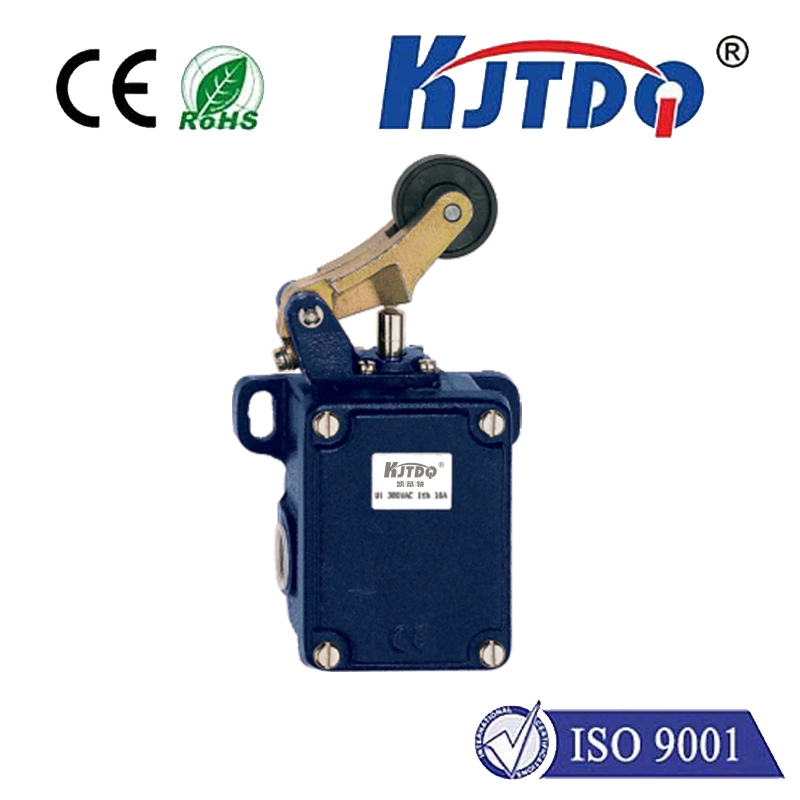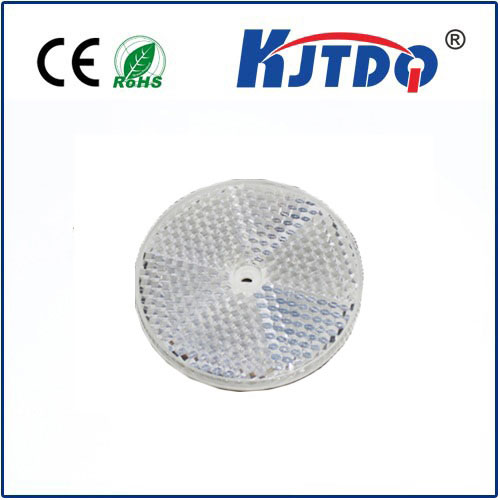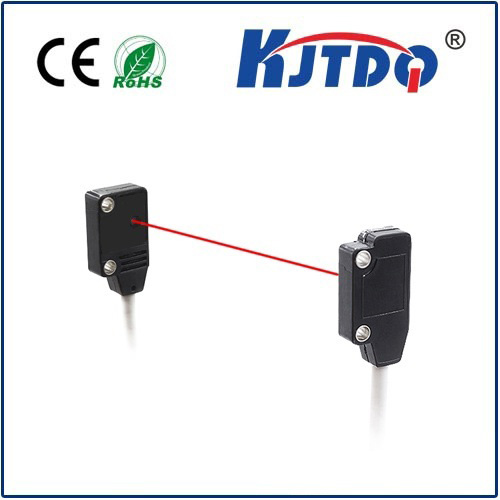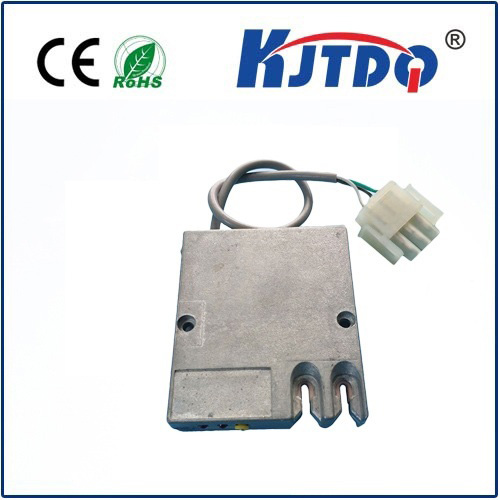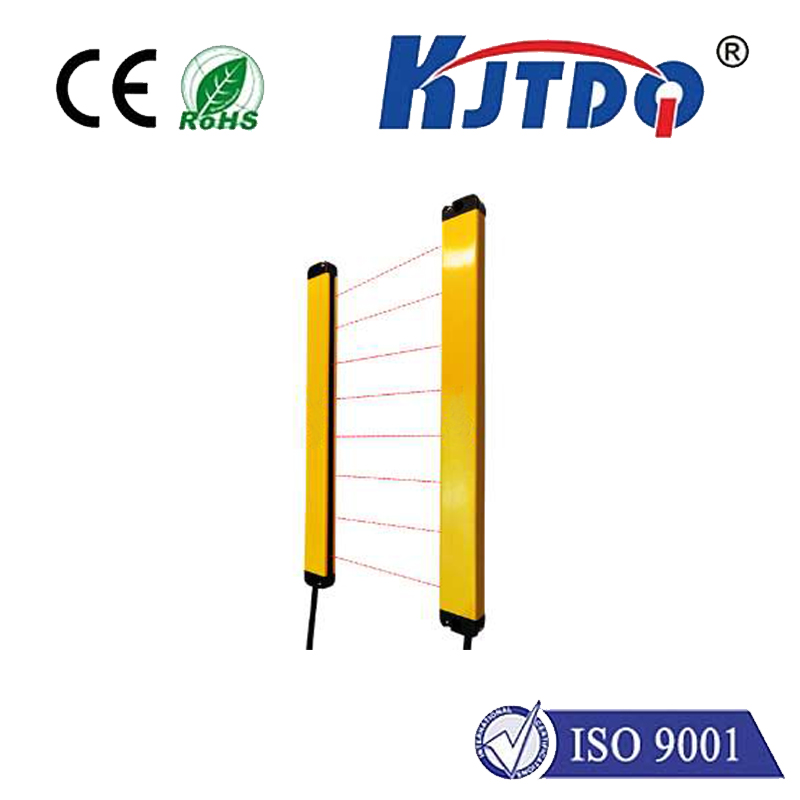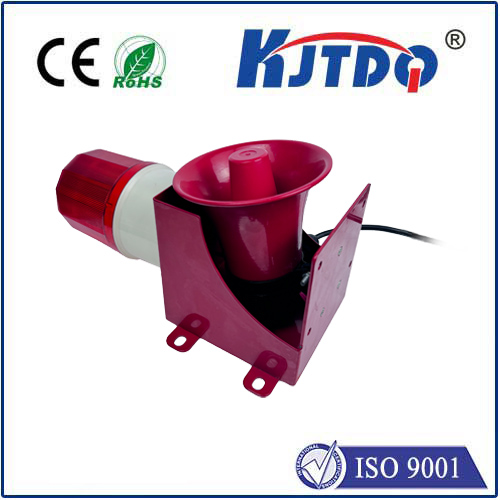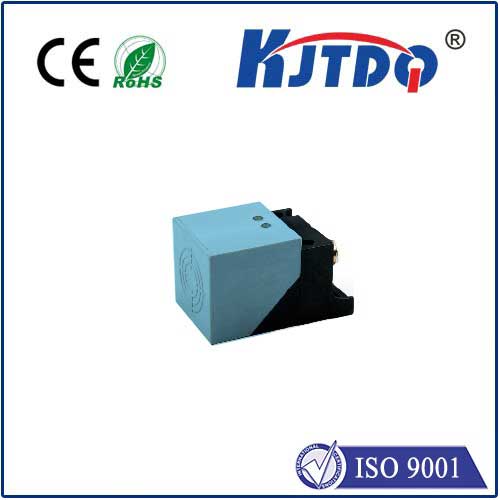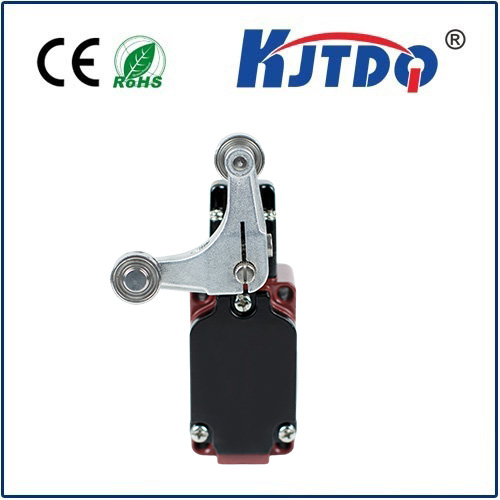high precision temperature sensor
- time:2024-10-11 17:44:17
- Click:0

Title: Redefining Accuracy: The Pinnacle of High Precision Temperature Sensors
In an era where technology reigns supreme, the quest for precision in measurement tools has never been more vital. At the forefront of this quest are high precision temperature sensors—devices that have revolutionized the way we interact with the environment around us. These sensors stand tall as paragons of engineering excellence, pushing the boundaries of what was once thought possible in temperature detection.
The Need for Precision
Temperature plays a crucial role in various sectors such as meteorology, medical devices, industrial processes, and environmental monitoring. A minor fluctuation can significantly impact the outcomes in these fields, making the demand for highly accurate temperature sensing imperative. High precision temperature sensors meet this need by providing unparalleled accuracy and reliability, ensuring that even the slightest variations are detected and measured.
Advancements in Technology
The journey to develop high precision temperature sensors has been marked by continuous innovation. Engineers and scientists have leveraged cutting-edge technologies such as micromachining, nanotechnology, and advanced materials to craft sensors that are not only precise but also durable and efficient. These advancements have led to the creation of sensors capable of measuring temperatures with an astonishing degree of accuracy—some even reaching fractions of a degree Celsius.
Benefits Across Applications
The benefits of high precision temperature sensors extend across various applications:
- Medical Field: In critical care units, precise temperature monitoring is essential for patient health. High precision sensors ensure accurate body temperature readings, vital for diagnosing fevers or hypothermia and adjusting treatment plans accordingly.
- Industrial Processes: From manufacturing floors to chemical plants, maintaining exact temperature control is crucial for product quality and safety. High precision sensors allow operators to monitor and adjust temperatures precisely, preventing costly mistakes and accidents.
- Environmental Science: Climate researchers rely on accurate temperature data to study changes in global climates and ecosystems. High precision sensors provide the meticulous measurements needed for detailed analysis and reporting.
- Aerospace Industry: In the harsh conditions of space, where extreme temperatures can jeopardize missions, high precision sensors offer reliable data crucial for spacecraft operation and astronaut safety.
Challenges and Innovations
Despite their sophistication, high precision temperature sensors face challenges such as environmental interference, long-term stability, and integration into complex systems. However, ongoing research continues to address these issues, leading to even more robust and versatile sensor designs. For instance, self-calibrating sensors are being developed to mitigate drift over time, while wireless technology allows seamless integration into Internet of Things (IoT) applications for real-time monitoring.
A Beacon of Reliability
Ultimately, the hallmark of a high precision temperature sensor lies in its ability to deliver consistent and accurate measurements under any condition. It serves as a beacon of reliability in an unpredictable world, ensuring that decisions based on temperature data are well-informed and trustworthy. As we advance further into the digital age, the importance of such precision instruments only grows, solidifying their role as cornerstone components in modern technology infrastructures.
In conclusion, high precision temperature sensors represent more than just technological achievement; they symbolize our relentless pursuit of knowledge and control over our environment. With each innovation, we edge closer to a future where measurement errors are things of the past, and precision is the new standard.






